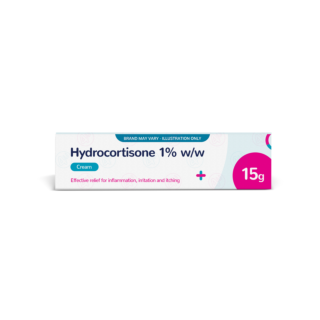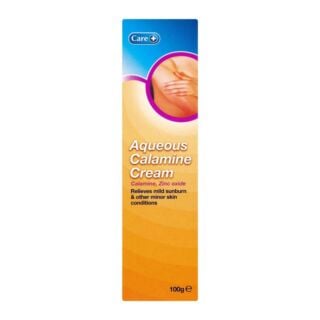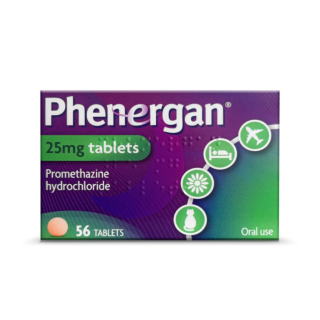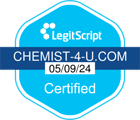Everything you need to know about prickly heat

When the weather’s hot and humid, you may find your skin becomes dappled in a red rash that feels prickly and itchy.
This is a heat rash, otherwise known as prickly heat or miliaria. Prickly heat will usually clear on its own, but it can be maddening to deal with.
In this guide we’ll teach you everything you need to know about this summer spoiler so you can prevent and treat prickly heat, in addition to being able to differentiate your rash from other skin concerns like eczema and hives.
What causes prickly heat?
Thankfully, prickly heat doesn’t mean you’re allergic to the warm weather. The typical cause of prickly heat is excessive sweating from high temperatures, but it can be caused by other things such as physical activity, too.
The common denominator is sweat. When you’re hot, either from the environment or exertion, your sweat glands can become blocked, trapping the sweat. This can lead to you developing prickly heat a few days later.
Anyone can get prickly heat, but babies are more likely to get it as they’re unable to control their body temperature as well as adults and children can.
How to prevent and treat prickly heat
To prevent prickly heat, it’s important that you keep your body and your skin cool. You can do this by drinking plenty of fluids, dressing in loose, cotton clothing, and ensuring that your bedding is lightweight. Instead of taking a hot shower or bath, opt for a cool one to refresh and chill your skin.
To soothe the rash, apply something cold onto the area; this might be a damp cloth or an ice pack. Although it’s tempting, you mustn't scratch! Gently pat or tap the rash to relieve the itch.
Itching can open the blisters, leaving them exposed to a possible infection. It would also be wise to put aside any shower gels or creams containing fragrance as they may irritate the skin.
Apply calming calamine lotion onto the skin or hydrocortisone cream to reduce inflammation (this is not to be used by children under the age of 10 or by pregnant and breastfeeding women unless advised otherwise). Antihistamines may also ease your symptoms.

Is your rash prickly heat?
With the amount of skin rashes out there, it can be tricky to recognise which one you’re suffering from. Keep reading to discover some key differences between prickly heat and a number of skin concerns.
Prickly heat vs eczema
Prickly heat and eczema may be similar in their appearance, but they’re quite different. To tell these two apart, you have to think about the location of the rash and the context.
Prickly heat is uncomfortable, but it doesn’t last for too long. Eczema, however, is a chronic, long-term condition that constantly needs to be managed.
Eczema often appears behind the knees, on the inner elbows, hands, or on the scalp and head. Prickly heat will typically develop on the folds of skin or where clothing is rubbing.
Whereas prickly heat is caused by sweating, eczema can flare-up due to a trigger, such as stress, fragrance, a chemical or an allergy.
Prickly heat vs hives
Hives are caused by an allergic reaction, and they can appear anywhere on the body in varying ways. The skin may have raised and inflamed patches (welts); it may be red and blotchy, or it may be scattered with small, raised spots. This rash can itch, sting or burn.
Again, prickly heat and hives can look alike, but a good way to tell the difference is to blanch the skin, or see if it turns white. A rash caused by hives tends to pale when pressed, whereas prickly heat does not.
Hives are extremely dangerous if they develop on the mouth, face, lips, tongue or throat. This is a sign of a serious allergic reaction and you should seek immediate medical care.
Prickly heat vs sunburn
This one is easier to spot. If the area of the rash is covered by your clothing, odds are, it’s prickly heat. Another key difference to look out for is the texture of the skin. If the skin is red and smooth, the culprit is likely sunburn. If it’s bumpy, it’s probably prickly heat.
Look at your symptoms. Sunburned skin will be tender and may sting to the touch, whereas prickly heat will be itchy.

Don’t let prickly heat take a stab at your summertime fun. Keep cool and take measures to prevent excess sweating, especially in babies.
Unsure what’s causing your skin rash? Your rash is likely harmless and may get better on its own, but you should always speak to your GP or Chemist4U pharmacist for advice to make sure. If you need any more information about prickly heat, visit the NHS website.








